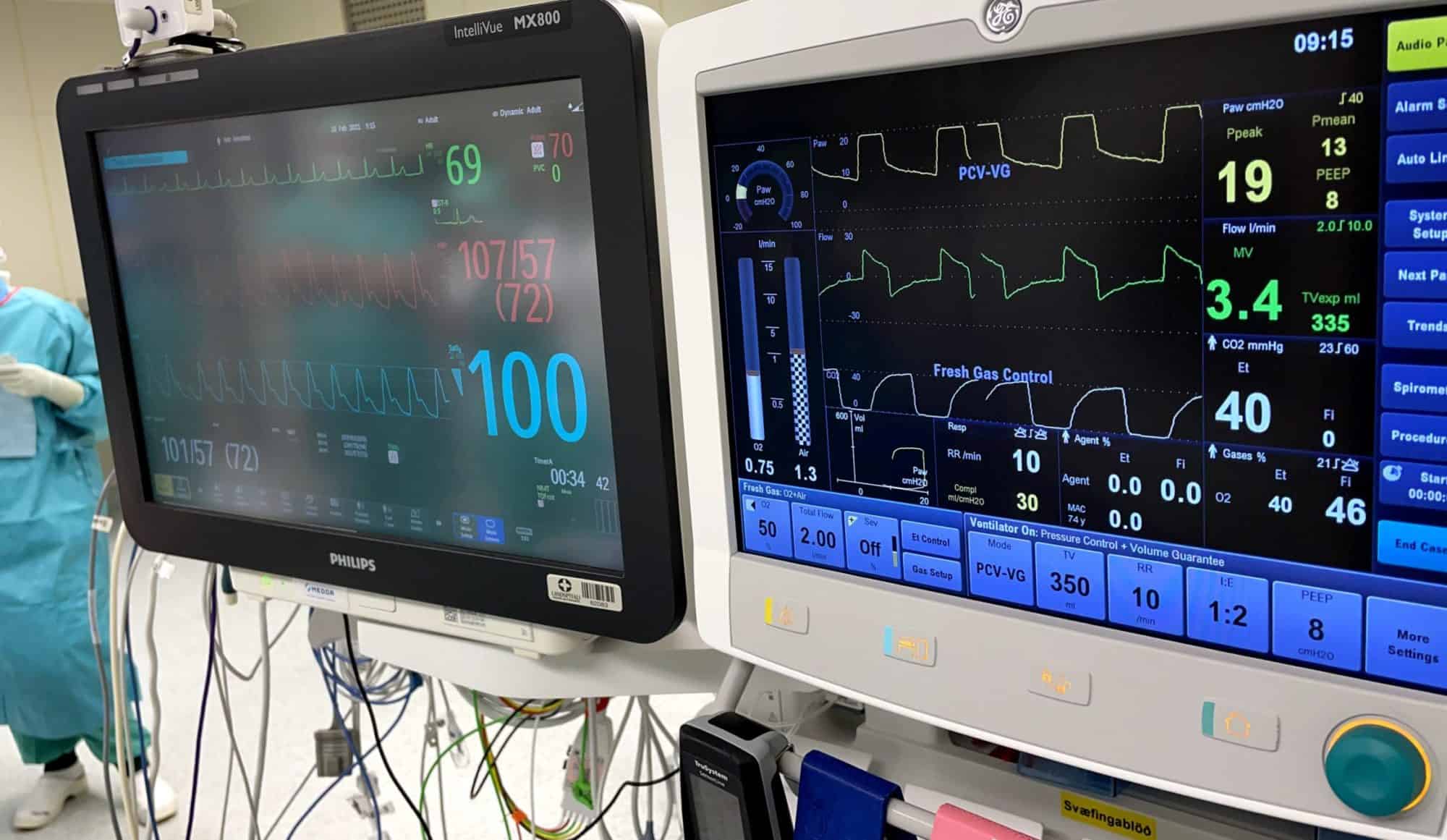Core Learning Outcomes
Learning outcomes:
* To understand the basic principles of how to manage patients presenting with trauma
* To recognise immediate life threatening conditions and prioritise their management
Core clinical learning outcomes:
* Understands the principles of prioritizing the care of patients with multi-trauma including airway management
Knowledge
- MT_BK_01 Explains the principles of the primary and secondary survey in trauma patients
- MT_BK_02 Recalls/describes the related anatomy, physiology and pharmacology
- MT_BK_03 Recalls/describes the pathophysiological changes occurring in the trauma patient
- MT_BK_04 Explains the importance of early recognition of and the potential for airway compromise
- MT_BK_05 Explains the importance of correct airway management in the trauma patient
- MT_BK_06 Describes how to recognise and correctly manage hypovolaemia and other causes of shock
- MT_BK_07 Recalls/describes the indications for invasive cardiovascular monitoring, the relevant anatomy, principles of placement, associated complications and principles of their management
- MT_BK_08 Recalls/discusses the effects of hypothermia, the reasons for its prevention and methods available in trauma patients
- MT_BK_09 Explains the importance of correct pain relief in the trauma patient and methods used
- MT_BK_10 Discusses the options available for intravenous access in trauma patients including the intraosseous route
- MT_BK_11 Understands the importance of preventing hypothermia and acidosis in the trauma patient
- MT_BK_12 Describes the correct initial investigations required in the trauma patient
- MT_BK_13 Describes the imaging requirements in the emergency room
- MT_BK_14 Recalls/explains the principles of assessment and management of patients with brain injury [including the use of the Glasgow Coma Scale [GCS] ]
- MT_BK_15 Describes the causes and mechanisms for the prevention of secondary brain injury
- MT_BK_16 Outlines the particular problems associated with patients presenting with actual or potential cervical spine injuries particularly airway management
- MT_BK_17 Describes the principles of the perioperative management of the trauma patient
- MT_BK_18 Describes how to manage intra-hospital transfer of trauma patients
Skills
- MT_BS_01 Demonstrates how to perform the Primary survey in a trauma patient
- MT_BS_02 Demonstrates correct emergency airway management in the trauma patient including those with actual or potential cervical spine damage
- MT_BS_03 Demonstrates how to manage a tension pneumothorax
- MT_BS_04 Demonstrates how to insert a chest drain
- MT_BS_05 Demonstrates assessment of patients with brain injury including the use of the GCS
- MT_BS_06 Demonstrates the initial resuscitation of patients with trauma and preparation for further interventions including, emergency surgery
- MT_BS_07 Demonstrates provision of safe perioperative anaesthetic management of ASA 1 and 2 patients with multiple trauma
- MT_BS_08 Demonstrates how to perform a secondary survey in a trauma patient
- MT_BS_09 Demonstrates the ability to undertake intra-hospital transfer of patients from the Emergency Dept for further management [e.g. to imaging suite, theatre and/or intensive care]
